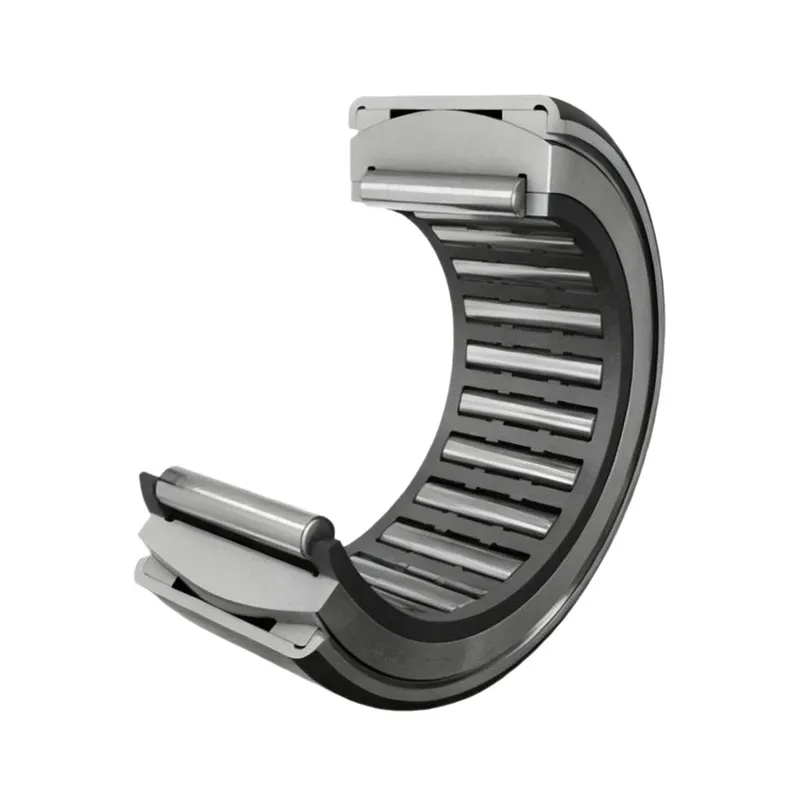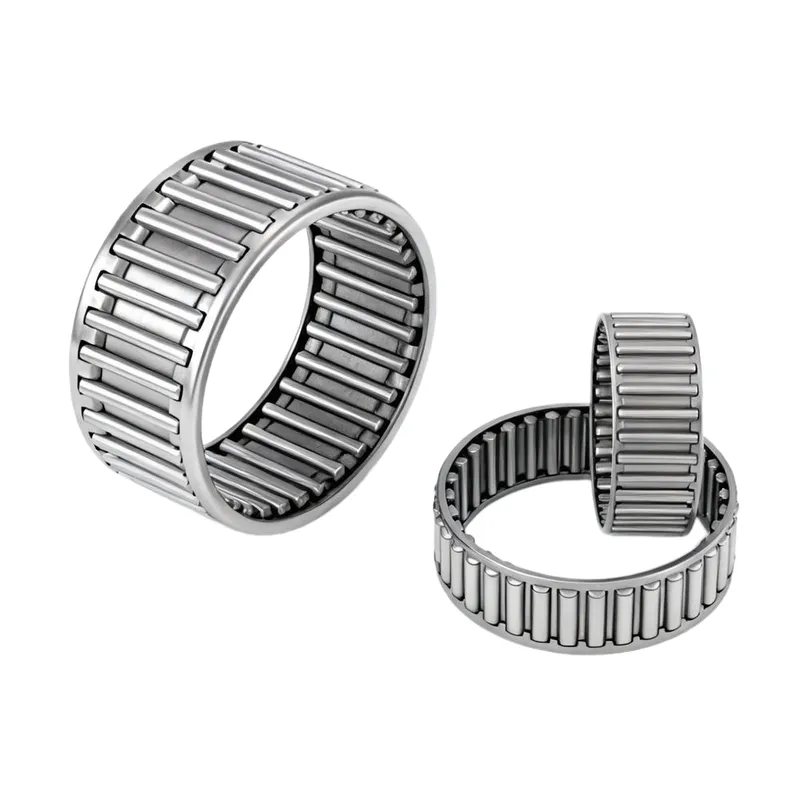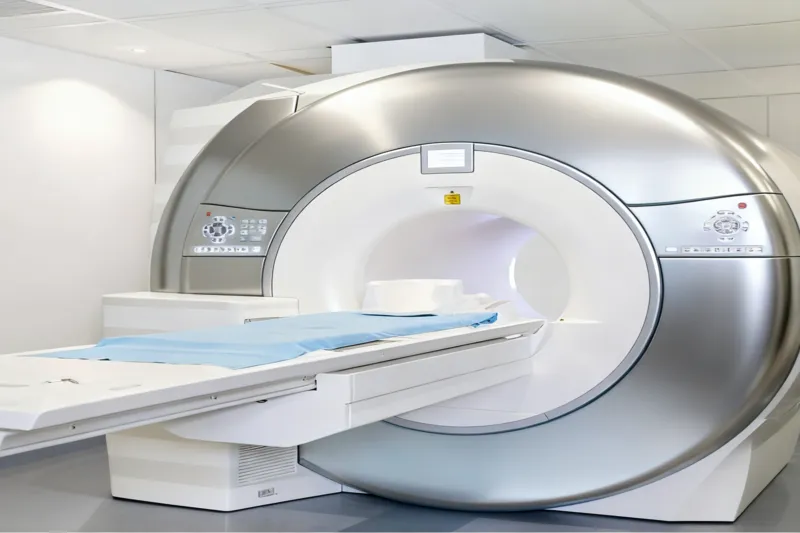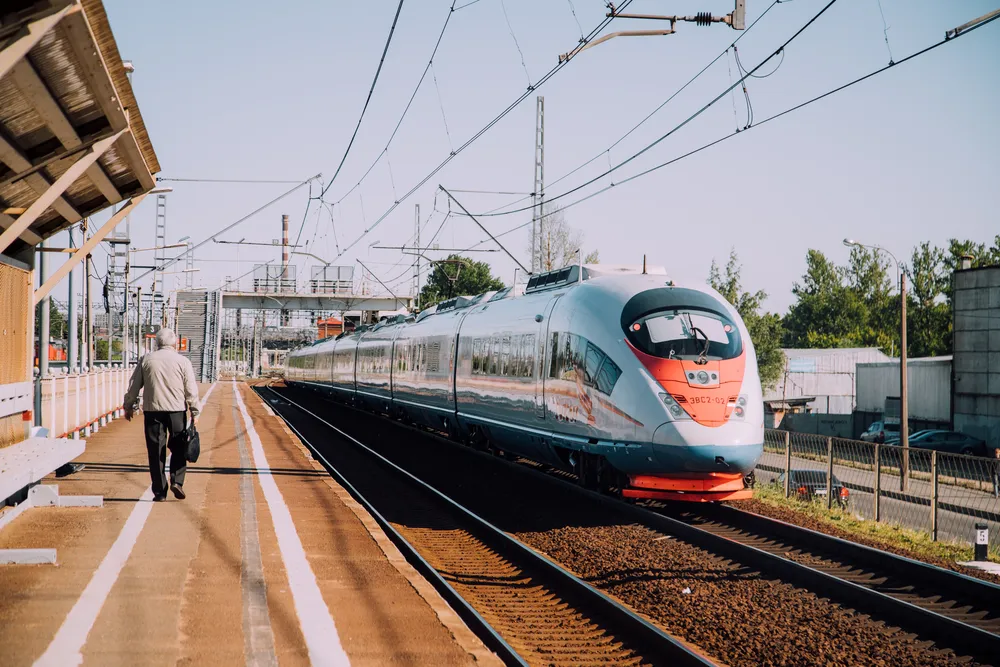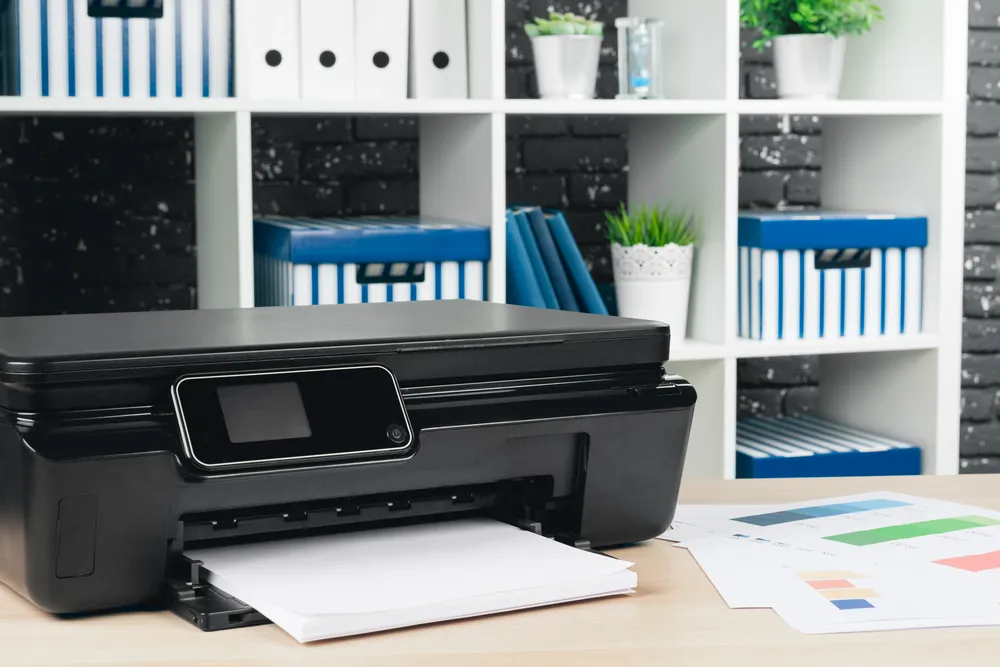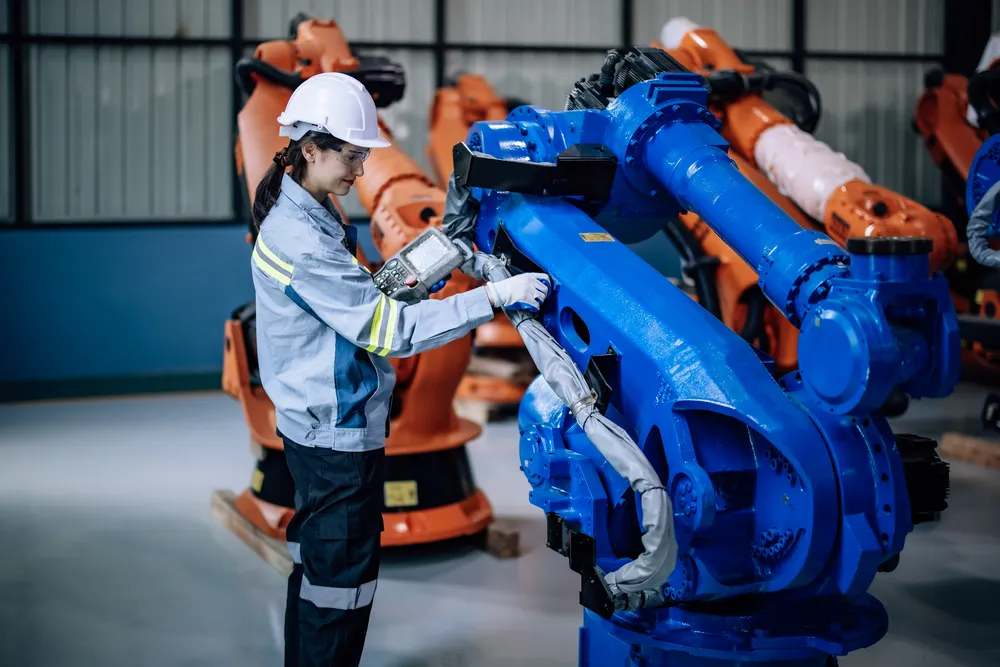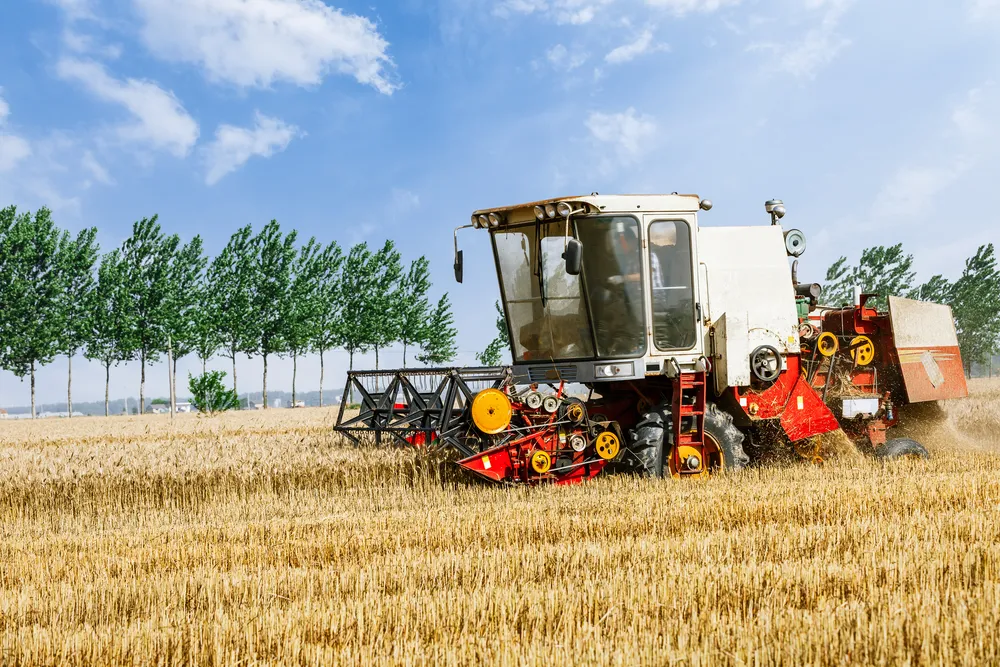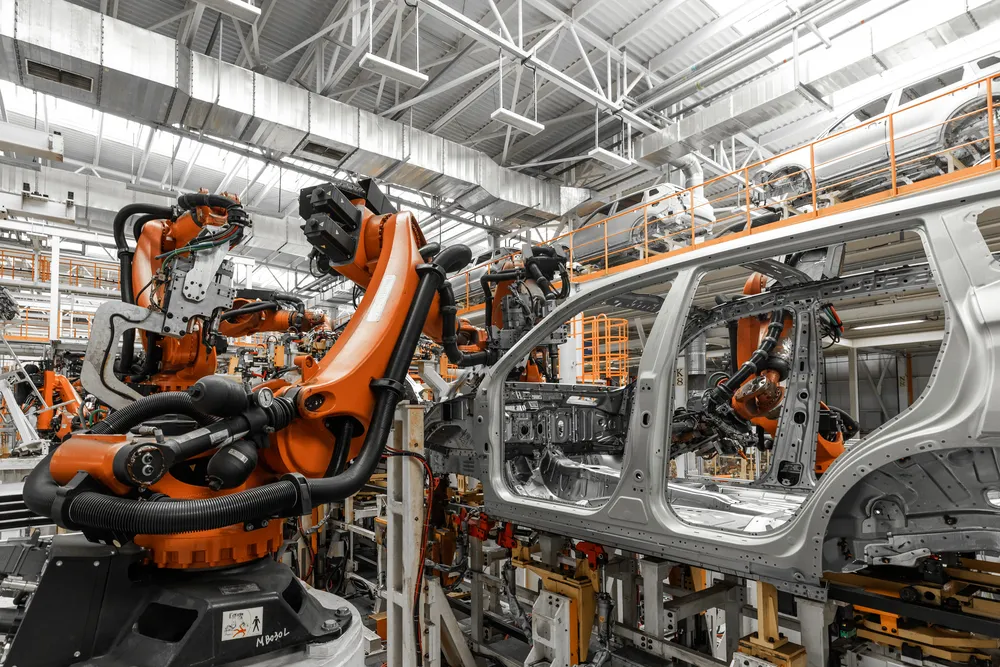Products
What are Needle Roller Bearings
Needle roller bearings represent precision mechanical components utilizing slender cylindrical rolling elements, whose unique structural design delivers exceptional performance in radially constrained applications. These bearings achieve an optimal balance between high load density and spatial efficiency through densely arranged elongated rollers combined with precision-machined raceways. Distinct from conventional rolling bearings, needle roller bearings feature significantly reduced radial dimensions while maintaining outstanding load capacity, making them ideal for compact mechanical designs.
Characteristics of Needle Roller Bearings
- Optimized cross-section design: Employing slender rollers with compact section height to provide larger effective contact area within the same installation space
- Flexible configuration options: Offering choices of with inner ring, without inner ring, or combined structures to accommodate different shaft hardness and precision requirements
- Advanced cage technology: Utilizing high-strength engineering polymers or special steel cages to ensure precise roller guidance and uniform load distribution
- Diversified sealing systems: Providing multiple sealing configuration options to effectively prevent lubricant leakage and contaminant ingress
- Precision heat treatment process: Special surface treatment and heat processing of rollers and raceways significantly enhance fatigue life and wear resistance
Advantages of Needle Roller Bearings
- Exceptional space utilization: Compact radial dimension design enables higher power density within limited spaces
- Outstanding load performance: Elongated roller arrangement provides greater effective contact length, significantly improving radial load capacity
- Efficient power transmission: Optimized roller profile and surface quality ensure low-friction operation, enhancing transmission efficiency
- Broad environmental adaptability: Special materials and surface treatments maintain stable performance in harsh environments including high temperature and corrosive conditions
- Economical lifecycle cost: Optimized design extends maintenance intervals, reducing comprehensive equipment operating costs
We Can Solve Your Problems
Addressing various application scenarios, we provide professional engineering solutions:
- Space optimization design: Resolving spatial constraints in compact equipment through customized bearing solutions
- Load analysis services: Utilizing advanced simulation technology to accurately calculate bearing load distribution under actual operating conditions
- Material selection guidance: Recommending optimal material combinations and surface treatment solutions based on specific application environments
- Installation technical support: Providing professional installation guidance to ensure optimal bearing performance
- Life prediction services: Accurately forecasting bearing service life through advanced life calculation models
- Fault diagnosis support: Establishing comprehensive failure analysis systems to deliver rapid and effective technical solutions
Frequently Asked Questions
Find answers to common questions about our bearings. If you don’t find what you’re looking for, please don’t hesitate to contact us.
